Menorca felt like a well-kept secret the moment I showed up. It’s nothing like the busier Balearic Islands—here, life slows down. Quiet coves, rolling green valleys, and white-sand beaches stretch out in every direction.
The island is a UNESCO Biosphere Reserve, so its natural beauty stays protected. That means visitors get a truly tranquil escape from the daily grind.
Each morning, I woke up to distant waves and birdsong—over 200 different species live here. I got used to rustic villages, local Mahón cheese, and unspoiled trails as I wandered both hidden corners and the more popular spots.

There’s this calm energy everywhere, encouraging you to slow down, take in the views, and remember how it feels to really relax.
If you’re after a soulful getaway with untouched beaches, crystal-clear water, and a genuine sense of calm, Menorca’s calling. This post shares my journey through this serene island and the simple joys I discovered along the way.
The Essence of Menorca’s Biosphere Reserve
Menorca stunned me with its peaceful landscapes and the way nature and daily life just blend together. Each part of the island feels alive, giving wildlife space to thrive and visitors room to breathe.
A Sanctuary Among the Balearic Islands
As soon as I stepped onto Menorca, I realized how different it felt from Mallorca or Ibiza. Instead of crowds and wild parties, I found space, quiet, and a coastline that’s mostly untouched.
UNESCO named Menorca a Biosphere Reserve in 1993. That recognition pushes the island to balance tradition with environmental care.
Over 700 km² of land and about 200 km of rugged coastline stay mostly natural—even during the busiest summer days.
My favorite moments? Walking quiet beaches, discovering turquoise coves (calas), and watching simple fishing boats drift by. Tiny villages pop up across the landscape, and the Camí de Cavalls trail circles the island, letting travelers explore on foot, bike, or horseback.
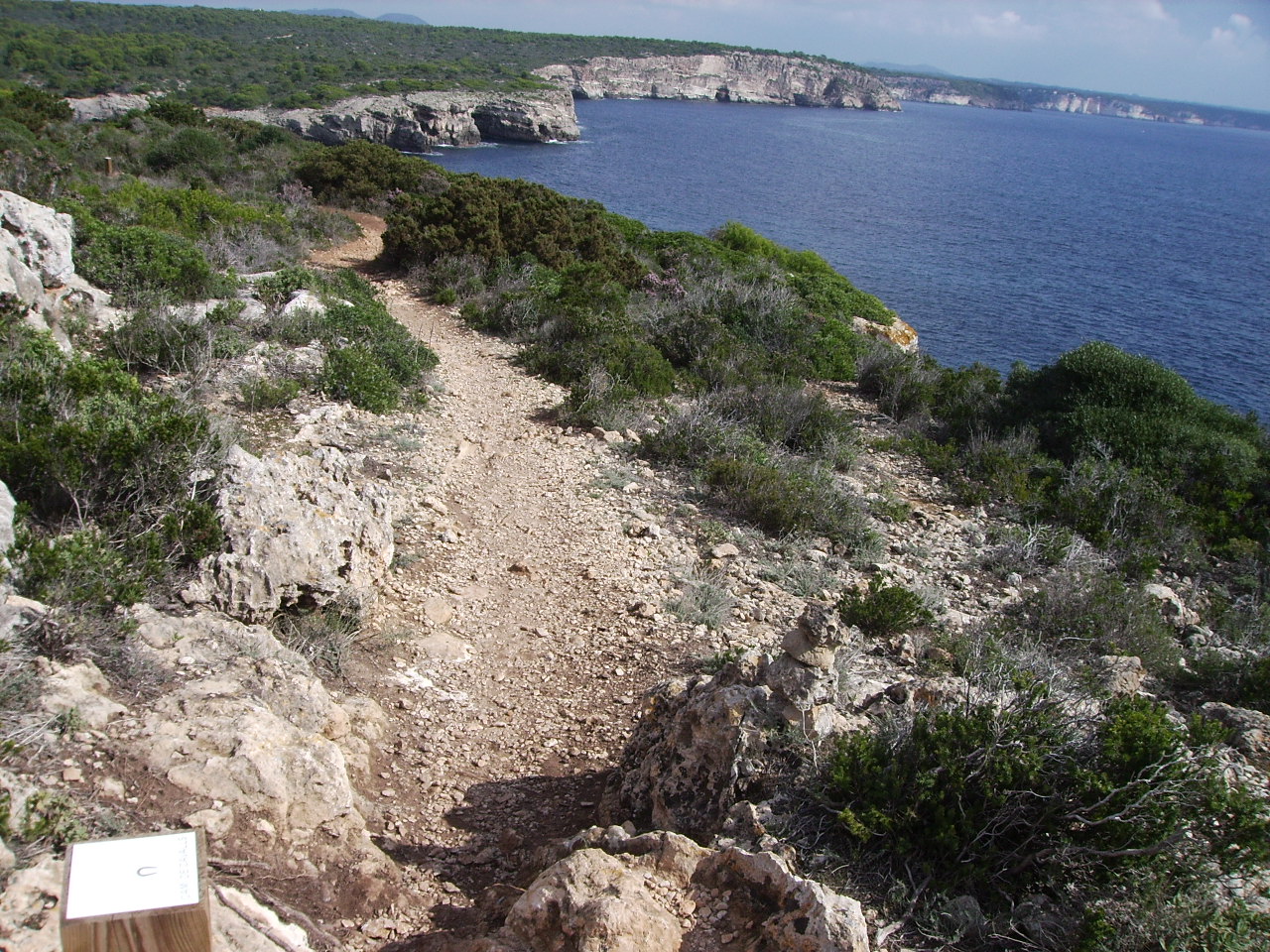
Image Source: Wikimedia Commons
- Island area: 700 km²
- Coastline: 200 km
- UNESCO status since: 1993
Unique Wildlife and Flora
Menorca’s wildlife surprised me. I remember catching sight of an Egyptian vulture gliding overhead—hard to spot on other Spanish islands.
Birdwatchers love it here. You can spot over 200 different species, from kestrels and herons to the shy purple gallinule. Wetlands like S’Albufera des Grau are especially good for migratory birds.
The variety of plants is wild. In spring, dry stone walls overflow with wildflowers. Pine forests roll right down to the sea.
Olive, fig, and carob trees dot the landscape, and aromatic herbs fill the air with scents that remind me of wilder places, far from any city.
Quick Facts Table
| Feature | Description |
|---|---|
| Bird species | Over 200 |
| Key flora | Wildflowers, carob, olive |
| Unique habitats | Wetlands, pine forests |
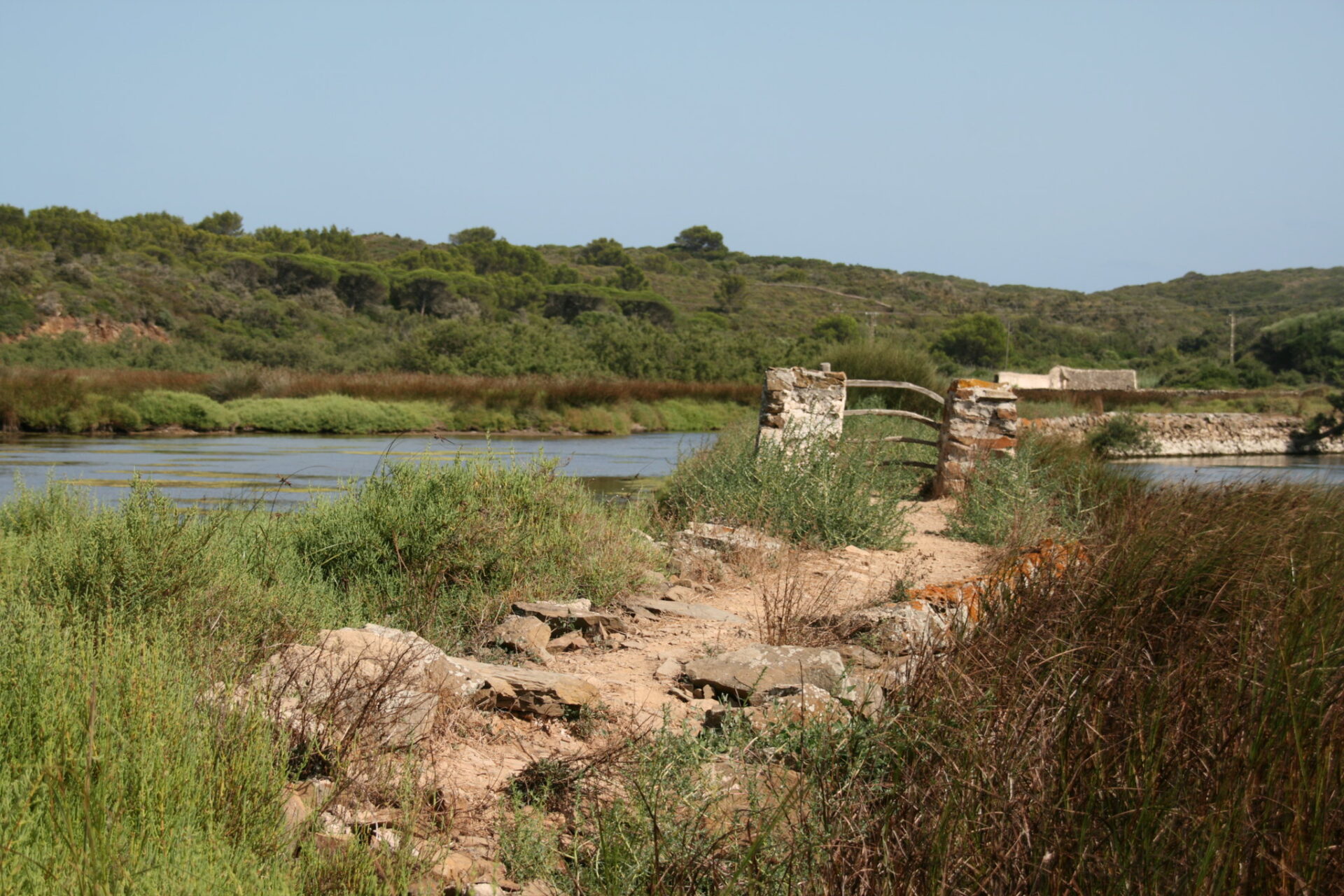
Image Source: Flickr
Preserving Serenity in a Protected Paradise
Menorca’s calm atmosphere doesn’t just happen. Locals put in real effort to protect their land, limit big hotels, and keep building away from the coast.
That keeps the rural feel and lets wildlife stay undisturbed.
When I chatted with residents, they brought up recycling, water conservation, and sustainable farming. These aren’t just buzzwords here—travelers are expected to keep beaches clean and stick to marked trails.
Solar energy and natural materials show up in homes more often than in other European beach spots.
The island’s inviting calm comes from careful decisions and shared pride. It hit me that every visitor, including me, has a part in keeping Menorca special for the next generation.
Experiencing Tranquil Escapes
Menorca soothed my senses in ways I didn’t see coming. Remote boutique hotels, hidden spas, and vineyards nestled among green hills let me slow down and enjoy the peaceful side of this island.
Charming Accommodations Closest to Nature
Waking up in Menorca is always a treat. I loved how many places let me stay close to the wild landscape.
Some rural fincas and eco-lodges sit surrounded by pine forests and olive groves. Many use traditional stone, whitewashed walls, and natural materials that just fit right in with the countryside.
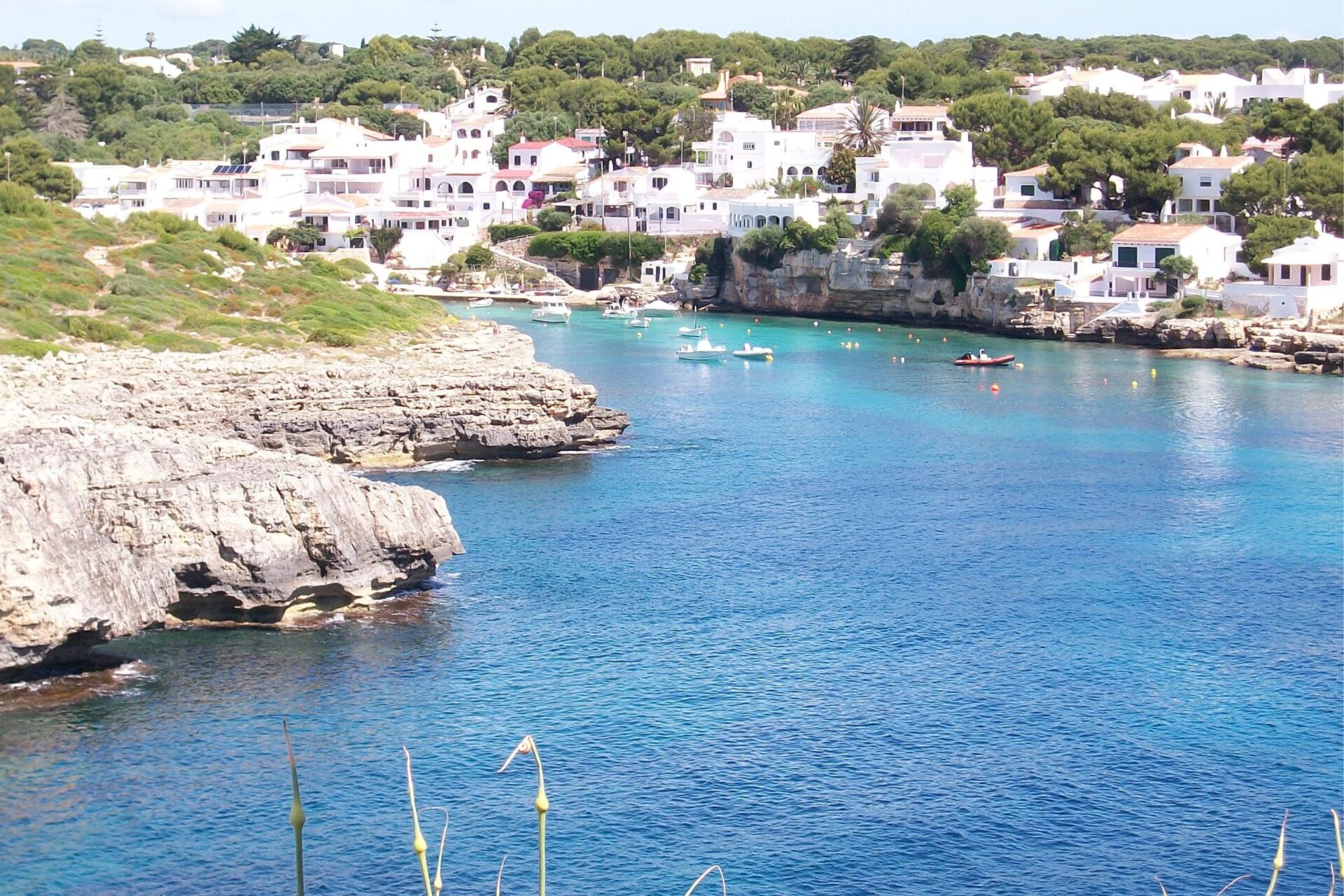
One highlight? Staying just steps from a secluded beach, falling asleep to the sound of waves. A few hotels offered yoga on rustic terraces or morning walks through nature trails.
Breakfasts often featured local farm goodies—fresh cheeses, sweet pastries, and juicy oranges. Every detail seemed to honor Menorca’s slow-living spirit.
Here’s a quick list of features I found at my favorite stays:
- Solar-powered lighting
- Private outdoor showers
- Sea-view hammocks
- Homegrown herbs for teas
Relaxing Spa Experiences
Spa time in Menorca felt different from anywhere else I’ve tried. Instead of big resorts, I found cozy wellness retreats and boutique spas tucked away in old farmhouses or near quiet beaches.
I tried a sea-salt scrub made with local ingredients. Many spa menus included herbal massages with rosemary and lavender picked from nearby gardens.
Some places had open-air massage tables overlooking the countryside, or outdoor pools filled with mineral water. At one retreat, the therapist led a gentle yoga session and meditation under the pines—I walked away feeling rested and more connected to the island.
A few spas included herbal teas, foot baths, and soft linen robes. Most guests just slipped into the calm, put away their phones, and soaked up the natural sounds.
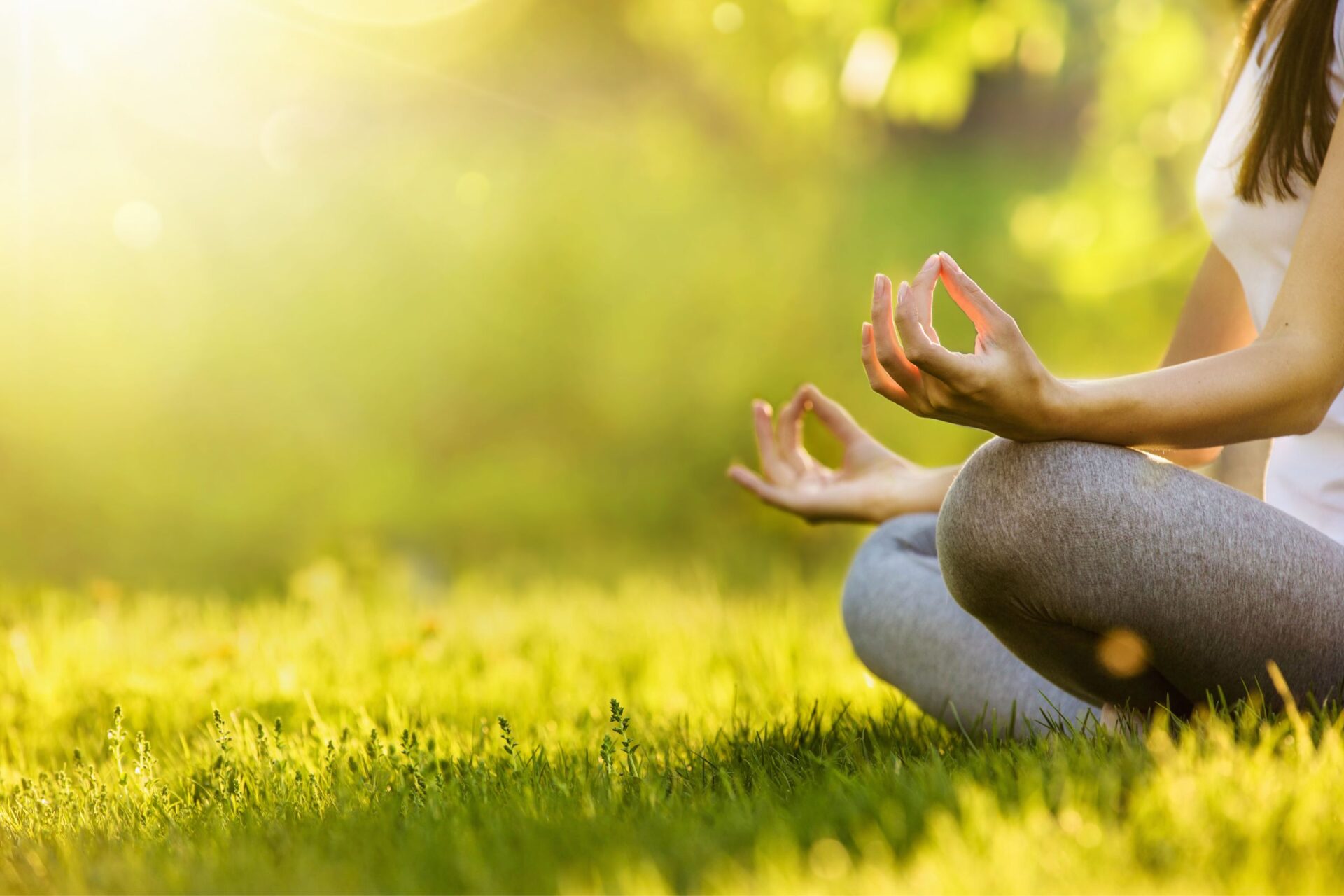
Boutique Wineries and Local Flavors
Menorca’s wine scene took me by surprise. Small family-run wineries welcomed me to taste crisp white wines and smooth reds made from local grapes.
Vineyards, bordered by low stone walls, look out over fields and the distant sea.
Tasting sessions usually came with olive oil, soft goat cheese, and fresh bread. Some estates offered picnics between the vines or tours through cool cellars with big oak barrels.
Most wine here is made in small batches, and the winemakers love to answer questions and share stories about the island’s wine history.
Here’s a simple table of local flavors I paired with Menorca wines:
| Local Product | Best Pairing |
|---|---|
| Mahón cheese | White wine |
| Sobrasada (sausage) | Young red wine |
| Almond cake | Sweet dessert wine |
Every sip and bite felt like a little celebration of Menorca’s land and traditions.
Active Adventures Amidst Calm
Menorca might be peaceful, but there’s still plenty to do. Adventure blends with the calm here, whether I’m walking ancient paths, riding horseback, or catching a sea breeze on a golf course.
Spectacular Hiking Routes and Horseback Riding
Hiking the Camí de Cavalls trail is something I won’t forget. This ancient coastal path circles the island for about 185 km.
I walk past rocky cliffs, pine forests, and remote coves with blue water. Each section tells its own story.
Sometimes I stop for the view or jump in for a quick swim if I find a hidden beach.
Horseback riding connects me to Menorca’s natural side in a different way. Guided rides follow paths through oak forests and open fields.
From horseback, I spot wildflowers, birds, and sometimes old watchtowers on the hills. Many stables welcome both beginners and experienced riders, so it’s easy to join in.
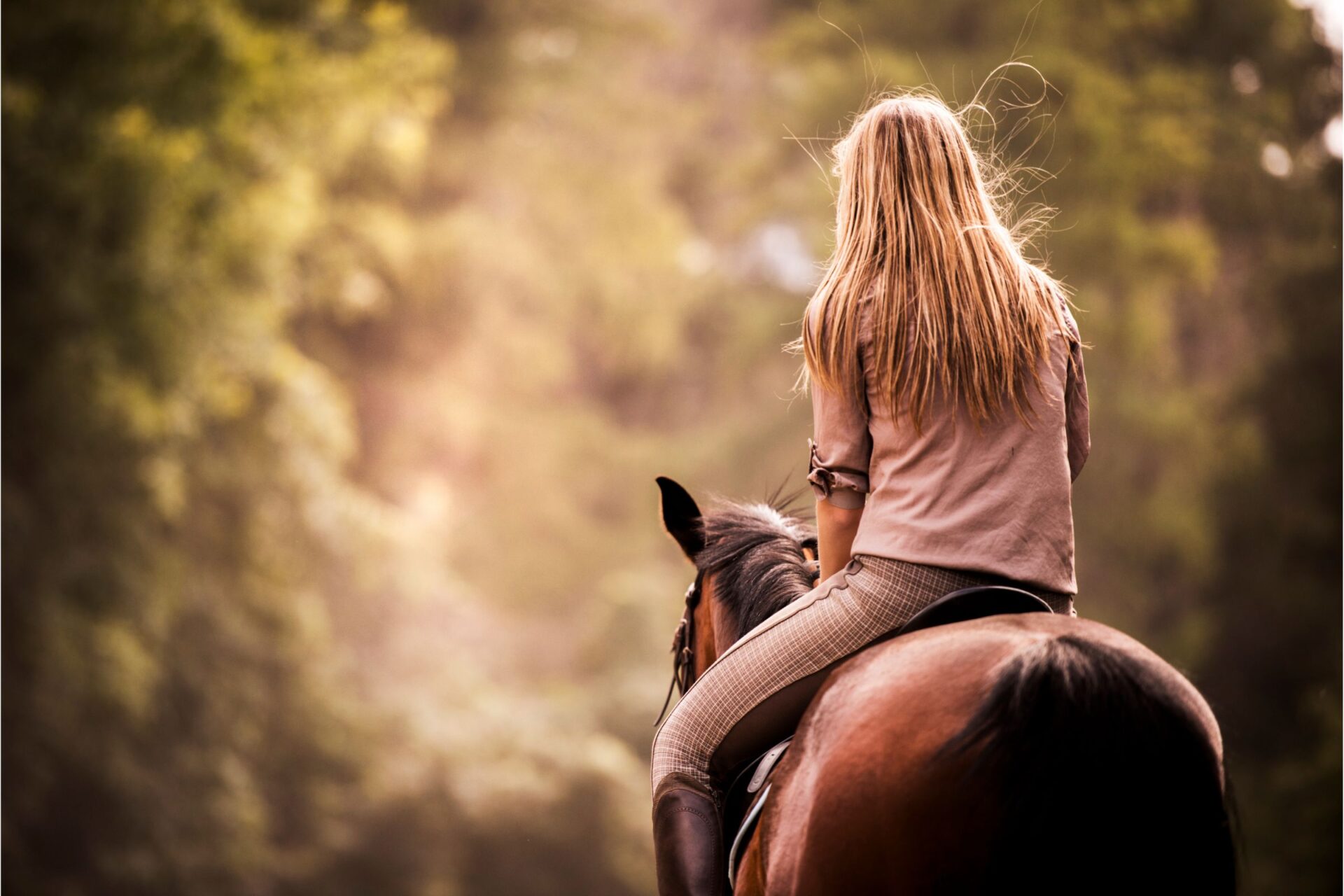
Highlights:
- Camí de Cavalls: Coastal hiking around the island
- Horseback Tours: Guided rides through countryside and beaches
- Wildlife: Spot birds, butterflies, and native plants along the way
Sturdy shoes, sunscreen, and water—always a good idea for these adventures.
Golf Courses with Sea Breezes
Sometimes I want something active but a little different. Golfing in Menorca is both relaxing and a bit of a challenge.
The island has Golf Son Parc, the only golf course here, right near the north coast. I love playing a round in the morning—the salty breeze and the views of rolling green hills make every shot memorable.
Golf Son Parc offers an 18-hole course for all levels. There’s a clubhouse where I like to rest or grab a cold drink after a game.
Peacocks and other local animals sometimes wander near the fairways, which adds a quirky charm.
Course features:
- 18 holes, open to guests
- Practice greens and driving range
- Rental equipment available
- Clubhouse with sea views
No matter your skill level, golfing here is more about soaking in Menorca’s calm, open air than just the sport.
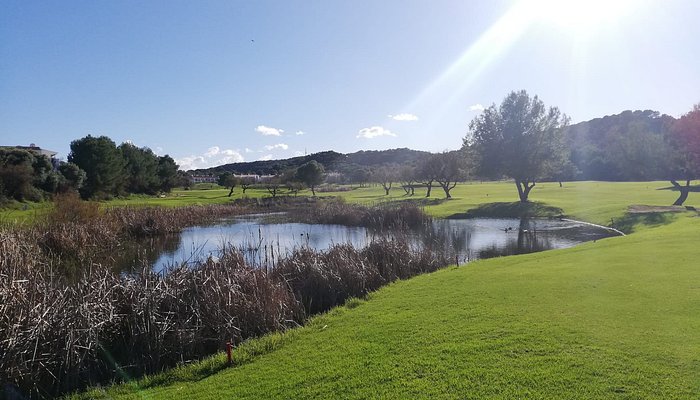
Image Source: Tripadvisor
Cultural Depths and Festive Rhythms
Menorca’s culture mixes old traditions with bursts of vibrant celebration. I found the island’s spirit shining through both its ancient pilgrimage trails and the music filling summer nights.
Traditional Pilgrimage Trails
Walking Menorca’s pilgrimage routes, like the Camí de Cavalls, helped me connect with the island’s history.
This ancient path, looping over 180 kilometers around the coast, was once used by soldiers and pilgrims. Now, hikers use it for reflection and stunning views.
Locals make spiritual journeys to sanctuaries like the Sanctuary of Monte Toro, the highest point on the island. I remember the peaceful climb through pine forests and the simple church at the top.
Each step felt like a bridge between Menorca’s religious past and present life.
Pilgrimages often blend quiet moments with small social gatherings. Along the way, I met islanders sharing local tales or pausing for picnics near old chapels.
It’s an authentic way to experience Menorcan traditions—one that welcomes every traveler.
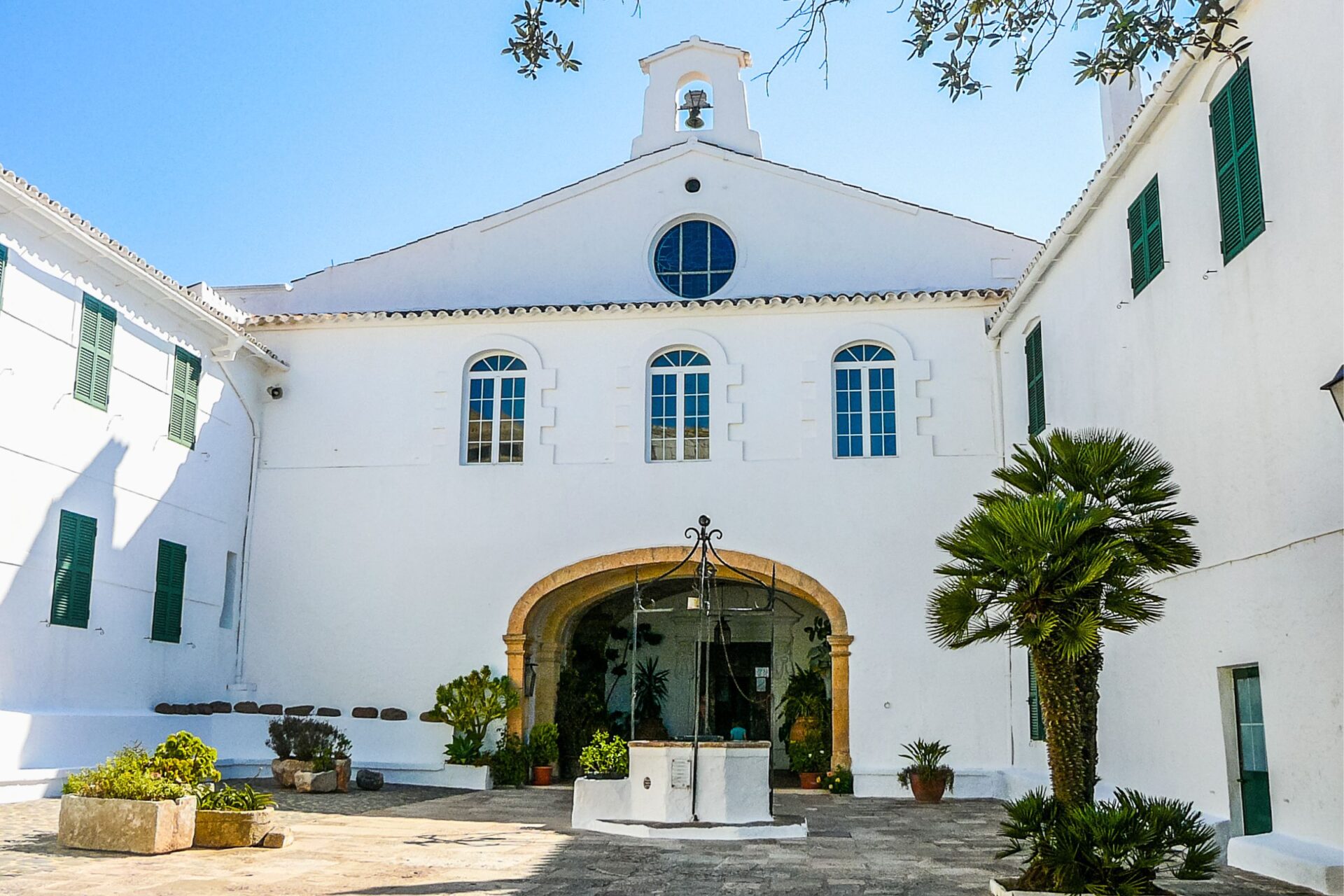
Menorca’s Unique Music Festivals
Summer brings a lively pulse. Menorca’s music festivals, like the Sant Joan Festival in Ciutadella, fill the island with excitement.
I got swept up in parades, horse shows, and live performances in bustling plazas. Drumming and folk music draw people from everywhere.
Beyond Sant Joan, smaller festivals bring jazz, classical, and pop. Evenings often start with concerts by the sea or in ancient courtyards.
Local musicians mix traditional tunes with modern sounds, making each event feel fresh but rooted in Menorcan culture.
Music festivals give everyone a chance to mingle, try local food, and dance with neighbors and visitors. The sense of community at these events really sticks with me.
For anyone looking for the heart of Menorca, these festivals are a great way in.
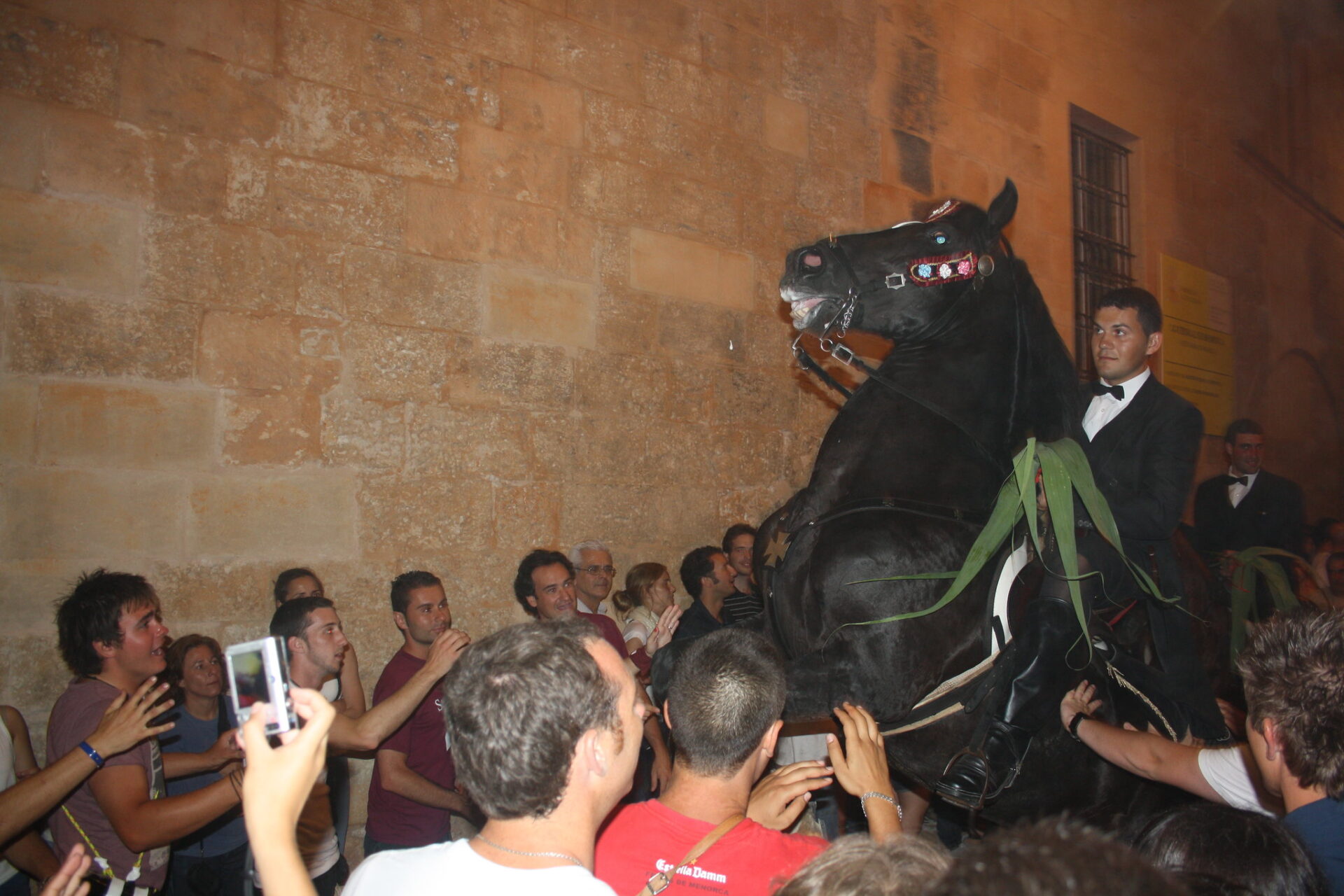
Image Source: Flickr
Unexpected Surprises for the Explorer
Wandering Menorca, I didn’t expect to stumble on activities usually linked with far-off places. The island’s calm hides unique experiences for curious visitors like me.
Offbeat Sports: Cross-Country Skiing and Baseball
Honestly, I never expected Menorca to have such a quirky sports scene. Locals—and a few expats—seem to keep these hidden gems alive, choosing activities you rarely find on Mediterranean islands.
There’s obviously no real snow, but somehow, cross-country skiing has carved out a place here. People get creative with indoor setups and dryland training, which I find pretty cool. Fitness centers in Mahón and Ciutadella run roller skiing classes all year.
I gave it a shot during a community sports day. Picking up the basics turned out to be easier than I thought, and the whole thing felt surprisingly fun, no matter your age.
Then there’s baseball, which feels even more unexpected. Menorca’s got a tiny but energetic baseball community. In the warmer months, you might catch a game in a park or stumble into a friendly match put together by the locals.

The Menorca Baseball Club actually encourages beginners and even welcomes tourists. They’ll hand you the gear, and joining one of their practice sessions definitely added a fun twist to my trip.
| Offbeat Sport | Where to Try | Best Time to Visit |
|---|---|---|
| Cross-country skiing | Fitness centers, Community events | Year-round (indoor/dryland) |
| Baseball | Local parks, Menorca Baseball Club | Spring to early autumn |
It looks like you didn’t include a text passage for me to edit. Please provide the text you’d like me to work on.
Insider Tips for Year-Round Travel
Traveling to Menorca at any time of year brings something new. In winter and early spring, I noticed the island felt much quieter. It’s honestly a relief to wander ancient trails without dodging crowds.
I kept finding hiking and biking routes, like the Camí de Cavalls, open no matter the season. That trail in particular never seems to close.
Menorca’s local festivals really show off the island’s traditions, especially when summer tourists aren’t everywhere. The Sant Joan Festival in June draws a big crowd, but I actually enjoyed the smaller winter fairs more. They gave me a chance to chat with locals and sample some regional foods I’d never heard of.

Hotels and guesthouses usually drop their prices in the off-season. That’s always a bonus. I learned pretty quickly to pack layers—mornings can be chilly, but afternoons often warm up with sunshine.
I started checking bus schedules ahead of time, which made getting around less stressful, even when routes changed for the season. Bring good walking shoes and keep your plans loose; Menorca’s quiet months have their own kind of magic.

